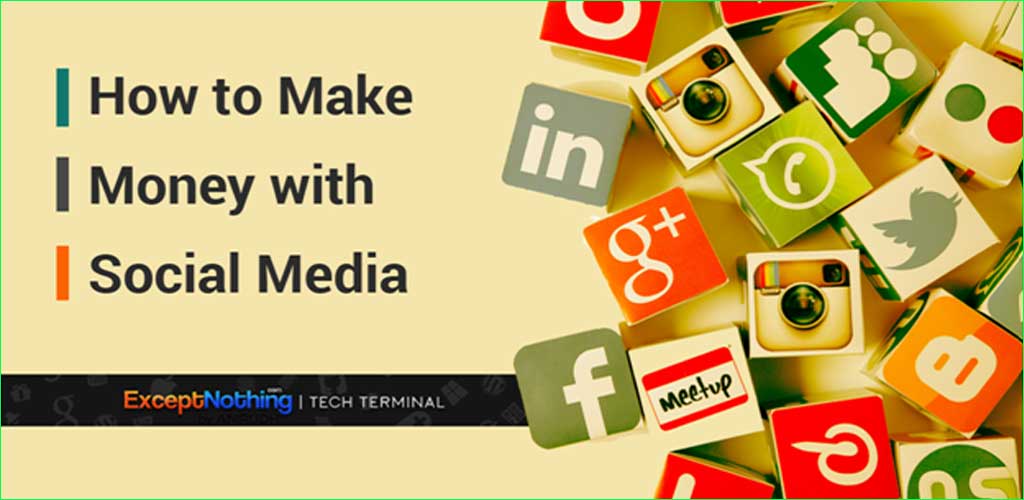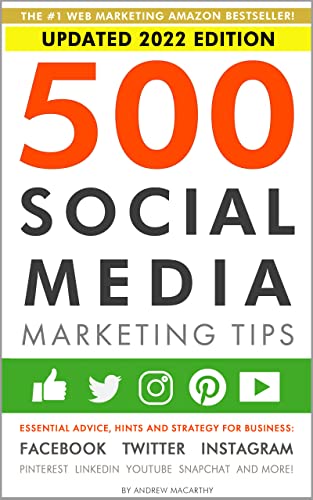
Social media paid ads are more powerful than traditional methods. There are many options for paid advertising on social media. These include pre-roll ads, display ads and text ads. You can even set filters within the network to reach your target audience. In this article, we'll look at the basics of social media paid advertising. Let's get started! Learn how to create and manage campaigns that work for you. We'll also be covering the tools that you should know as well as the benefits of social-media paid advertising.
Sprout Social's Bambu tool
Bambu from Sprout Social allows employees to post curated content. This increases your reach, engagement and attracts more quality leads. The platform allows users to manage their entire content pipeline from a single interface. They can also schedule posts based off industry discussion or set up listening columns. Bambu also offers tools for collaboration between employees, including the ability to create posts.

Facebook AdWords
Facebook's AdWords for Social Media gives advertisers the ability to target demographics and interests. Facebook uses data from third party data brokers to match information with userIDs. Advertising messages that are tailored to your target audience will help increase the visibility of your ad. Behavioral targeting can help you choose the best audience to advertise. It matches users based their similar interests and consumer behaviour.
Instagram Ads
Consider your target audience when planning to use Instagram's Ads. Is your target audience young adults, post-college students, or business professionals? These are the people you want to target with your ads. Don't rely on vanity metrics, though; Instagram users are more likely to click on content they want to read. Here are some methods to target your audience. Hopefully, you'll see success with your Instagram ad campaigns.
TikTok TikTok
Paid ads on TikTok allow you to reach more people but they can be more expensive than other forms of social media. Facebook ads cost $20 per CPM, while TikTok ads cost $500 and more. TikTok social media ads are not affordable for small businesses. But if you have a larger budget, they are definitely worth trying.

Google Analytics
Google Analytics is a tool that provides insights into the success of social media campaigns. It also tracks conversions and revenue per Click. It is important to reach the right people with social media campaigns. Not every user on social media is your target audience, so your strategy must be based on targeting them. Google Analytics for social media paid advertising allows you to monitor the impact of your campaigns and create targeted ad campaigns.
FAQ
Why is content marketing important?
HubSpot claims that "the average person spends nearly 2 hours per day consuming content on social media, in their newsfeeds while reading magazines, browsing the internet, and listening to podcasts. That's a lot of time spent with content!"
What Content Marketing Strategy is right for me?
A Content Marketing Strategy is perfect if you know exactly what you want to communicate.
However, if you need some guidance before getting started, here are a few questions to ask yourself:
Does my business need to communicate something specific? Or do I want to create content that resonates with general audiences?
Do I want to focus on generating leads or converting visitors into buyers?
Am I trying to promote one product or multiple products?
Are you interested in connecting with people outside my industry?
If you answered "yes", to any one of these questions, then a content marketing strategy is just what you want.
How long should my Content Marketing last?
This depends on your goals. Different businesses have different goals. Some are focused on short-term results while others seek long-term growth. We recommend that you start with three months of consistent content production and then evaluate your progress after that period.
What do I need to know about SEO in order to do Content Marketing? Yes!
SEO experts know how search engines like Google rank pages. They can also help you choose the right keywords to optimize your page.
What is strategic content marketing?
Content marketing is the art and science of creating useful content that others can share on various channels. It is all about giving people what you want. This is what makes the most successful businesses.
Strategic Content marketing ensures that you give them what they need at exactly the right moment.
It is important to understand what people care about, and to listen to their thoughts. It is important to provide high-quality content that solves their problems and answers their questions. This builds trust and loyalty and ensures you are top of mind when they need your product or service.
What makes content marketing different to traditional advertising?
While traditional advertising focuses on getting attention and content marketing on providing value, it is not as effective. Traditional advertising is often a waste, as most people overlook it. However, content marketing can lead to much higher engagement rates.
Statistics
- This marketing strategy landed Ford a 15.4% conversion rate. (neilpatel.com)
- According to research compiled by Coschedule: Companies that publish 16+ blog posts a month get as much as 3.5x as much traffic as those that publish 0-4 posts a month. (criteo.com)
- According to our research, brand awareness, attracting traffic, and generating leads remain the key content marketing goals in 2022. (semrush.com)
- To further show the importance of this, 89% of people have stopped doing business with a company because of a poor experience. (neilpatel.com)
- Out of the 1,500 marketers we surveyed for our State of Content Marketing report, 78% who felt their content marketing strategy was exceptionally effective in 2021 had documented their strategy. (semrush.com)
- Progress indicators (0–100%) allow each team member to see how attainable each goal is and understand what remains to be accomplished. (semrush.com)
- Forty-seven percent of buyers view 3 to 5 pieces of content before engaging with a sales representative. (mailchimp.com)
- In fact, would pay more for a better customer experience, and 86% of B2B buyers would pay more. (neilpatel.com)
External Links
How To
Infographic Creation Tips for Content Marketing
Infographics are one of the most effective ways to explain complex concepts simply, making information easy to understand. Infographics can be used to communicate your message.
To create an infographic, Adobe Illustrator or Photoshop is required. These programs can be used to create different shapes and elements that represent your data. Then, you can add colors and fonts to make it look great. Once you are happy with your design, you can upload images to Unsplash and Pixabay for your design.
Check out existing infographics online to get some ideas. A picture of a food Pyramid could be used to show how many calories each food has. Or you could look at how many sugars are found in soda pop and replace that number with a picture from a Coke bottle.
Once you have created your infographic it is possible to share it via social media channels like Facebook, Twitter and Google+. This makes it easy for people unfamiliar with the concept to learn. Use hashtags to let others know what infographic you are sharing on social media. You can use hashtags to allow others to follow your conversations about specific topics.
An infographic is a shorter version of a blog post. A blog post may be 2000-5000 words long. An infographic requires only 500-1000 words. This means you can easily convey more information with less space.
Keep in mind that viewers may have difficulty reading small fonts when creating your infographic. Use large fonts, but don't overuse color in your infographics. Also, ensure all text is legible.
These are just a few additional tips.
-
Choose an Infographic Design Template. You can find many templates online or in printed formats. Canva, Piktochart and Google Slides are the most used templates.
-
Create your Infographic. Create your infographic using the template. Any media you choose is acceptable for your audience. For example, creating an infographic about the best places to eat in Seattle might choose photos of local restaurants.
-
Add text. Add text to your infographic once you have it created. You can use Microsoft Word, PowerPoint or Canva to add text.
-
Add images. Your infographic can also include images. These images can be charts, graphs, icons, or pictures. Make sure your picture is relevant to the topic you are adding.
-
Make It Interactive. You can add interactive elements such as buttons, maps, and links. This will engage your audience.
-
Share. When you're done, share your infographic on social media sites like Facebook, Twitter, LinkedIn, Pinterest, and Instagram.
-
Measure. Your infographic's performance. Did people click through? Did they sign-up for your email address? What was their reaction when you showed them your infographic
-
Improve. Is there a way to improve your infographic? Do you think your infographic could be better?
-
Repeat. Do it again.